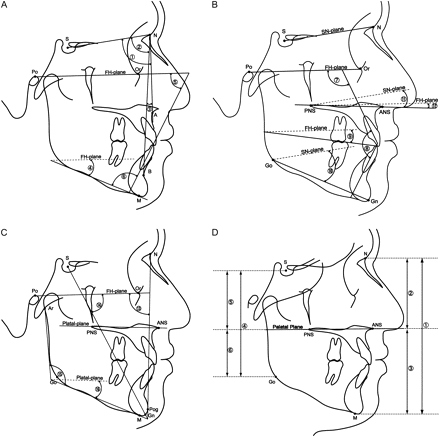Soalian
Kraken
- Joined
- Aug 16, 2019
- Posts
- 3,519
- Reputation
- 2,984
I'm 27, didn't really believe in mewing for adults (still skeptical now), but I've been growing my masseter muscles insanely fast in a short period of time (about six weeks), because of chewing gum daily on a steroids cycle,Bone remodeling is 100% legit and can happen even later in adulthood with the proper stimuli and in a relative short amount of time (less than a year).
now after about ten-eleven weeks off the cycle, masseters are still well-grown (was a mistake), but, more importantly, I've seen dramatic changes in my palate, I'm now unable to rest my tongue in usual position (lying at the roof of the palate),
because basically, from what I can feel about the palate now, the posterior part of the palate has been brought down a bit, while the anterior part looks and feels more arched, if that makes sense.
Facial changes are also quite dramatic, what I input to the force the masseter muscles exert on the posterior maxilla, having caused some kind of CW rotation of the posterior maxilla, while the anterior maxilla was CCW rotated,
which can be noticed, by a thinning upper lip, and a somewhat longer philtrum that I noticed recently, might have been me, but changes are so dramatic, but fast, that I doubt I'm imagining things here.
Next step is masseter atrophy, then work in reverse, and incisor bite on mouthguard all the time.



